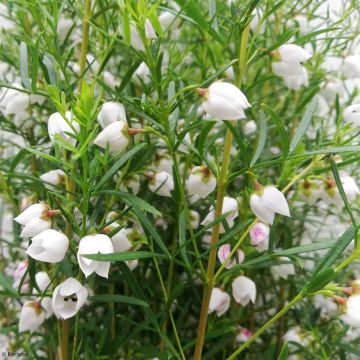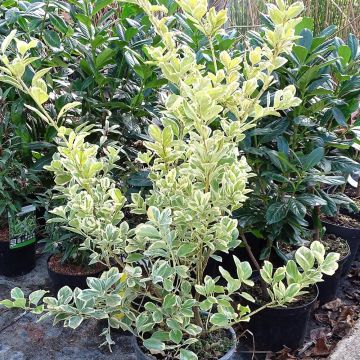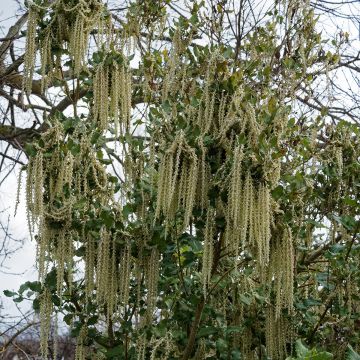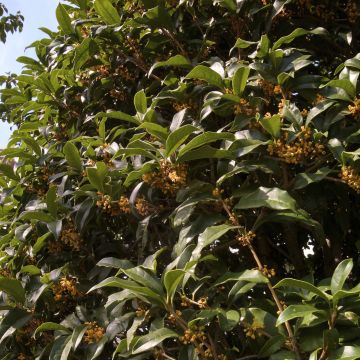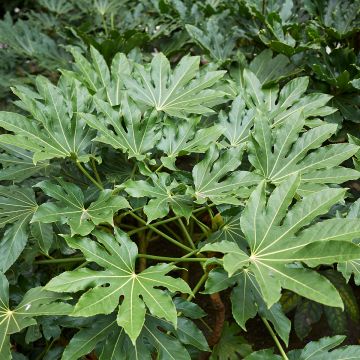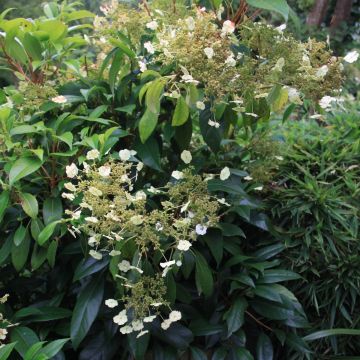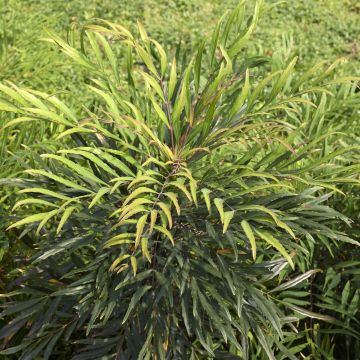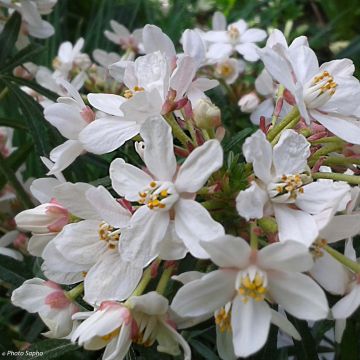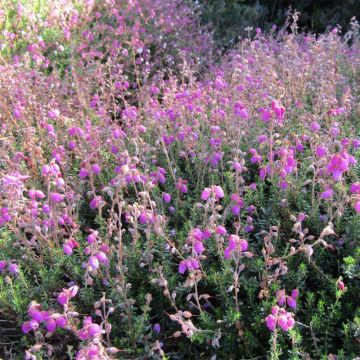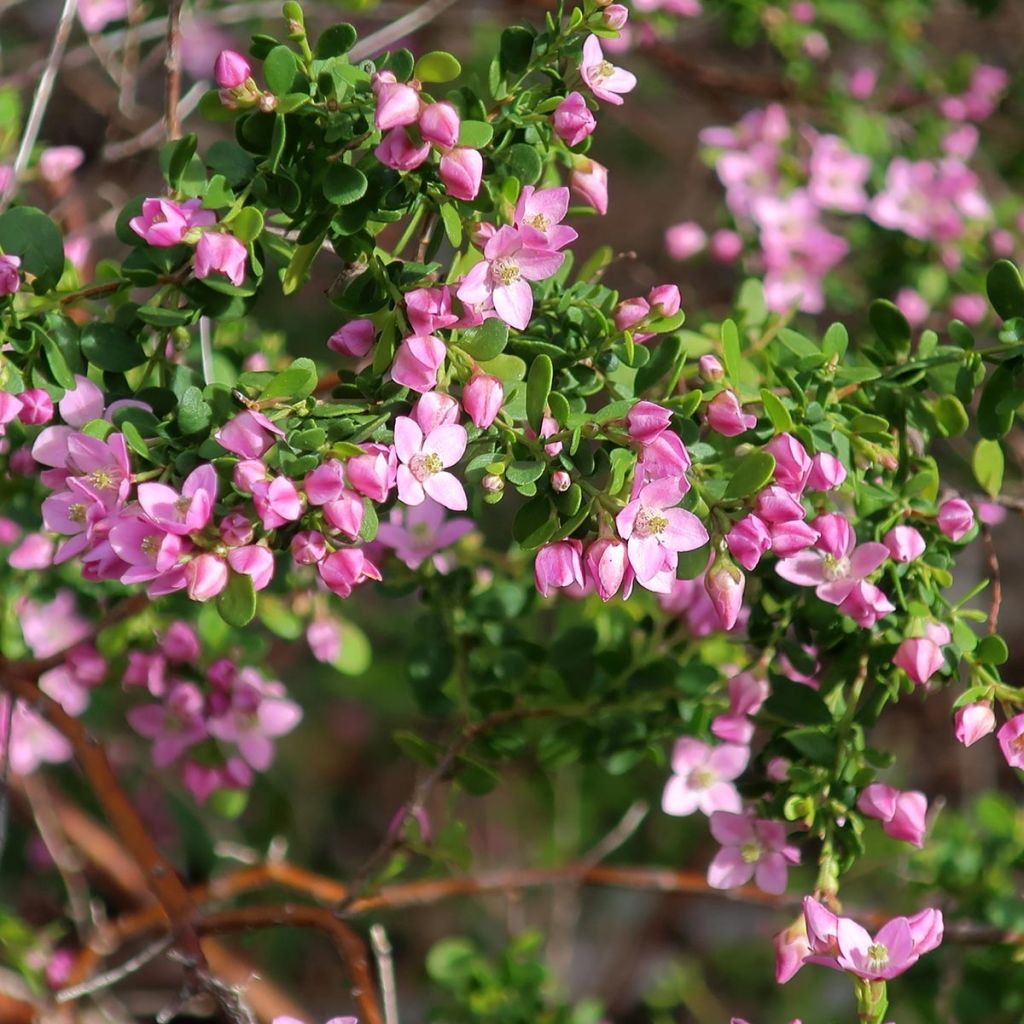

Boronia crenulata Shark Bay
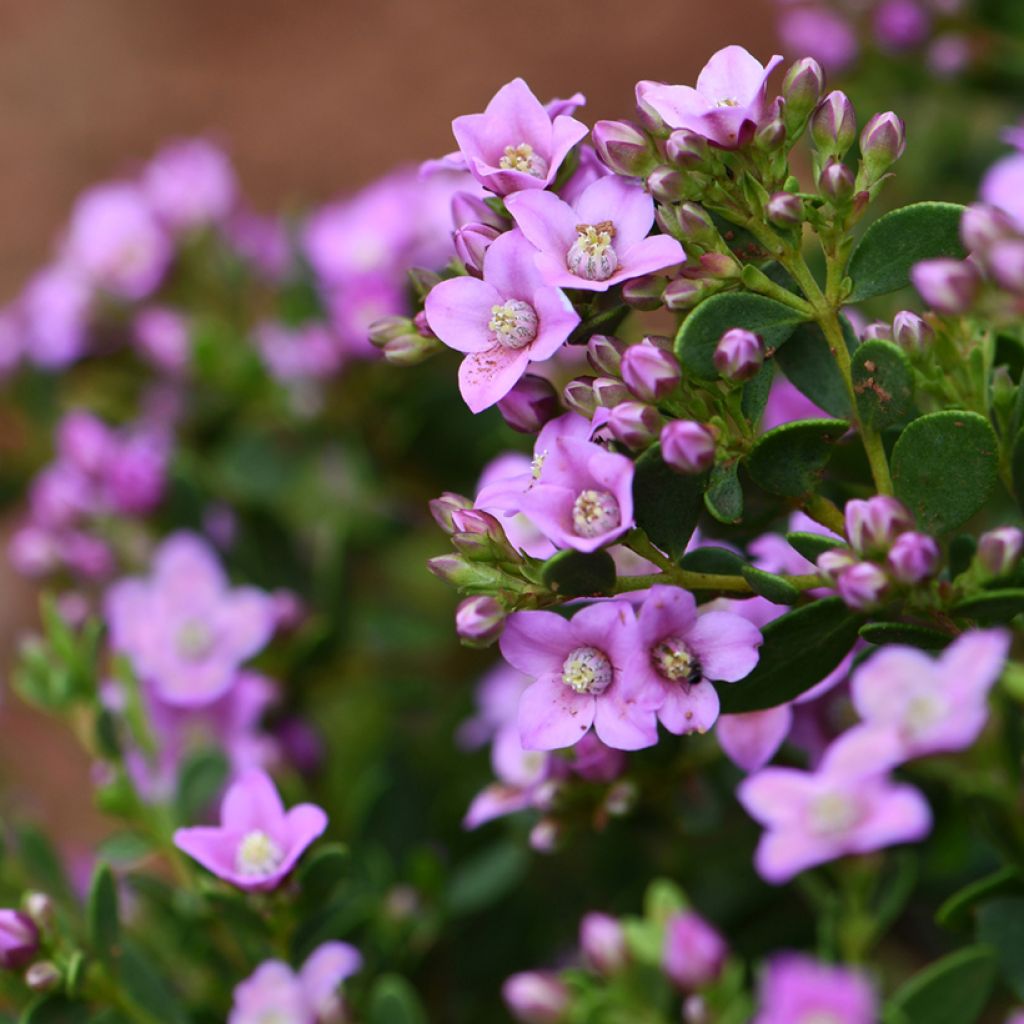

Boronia crenulata Shark Bay
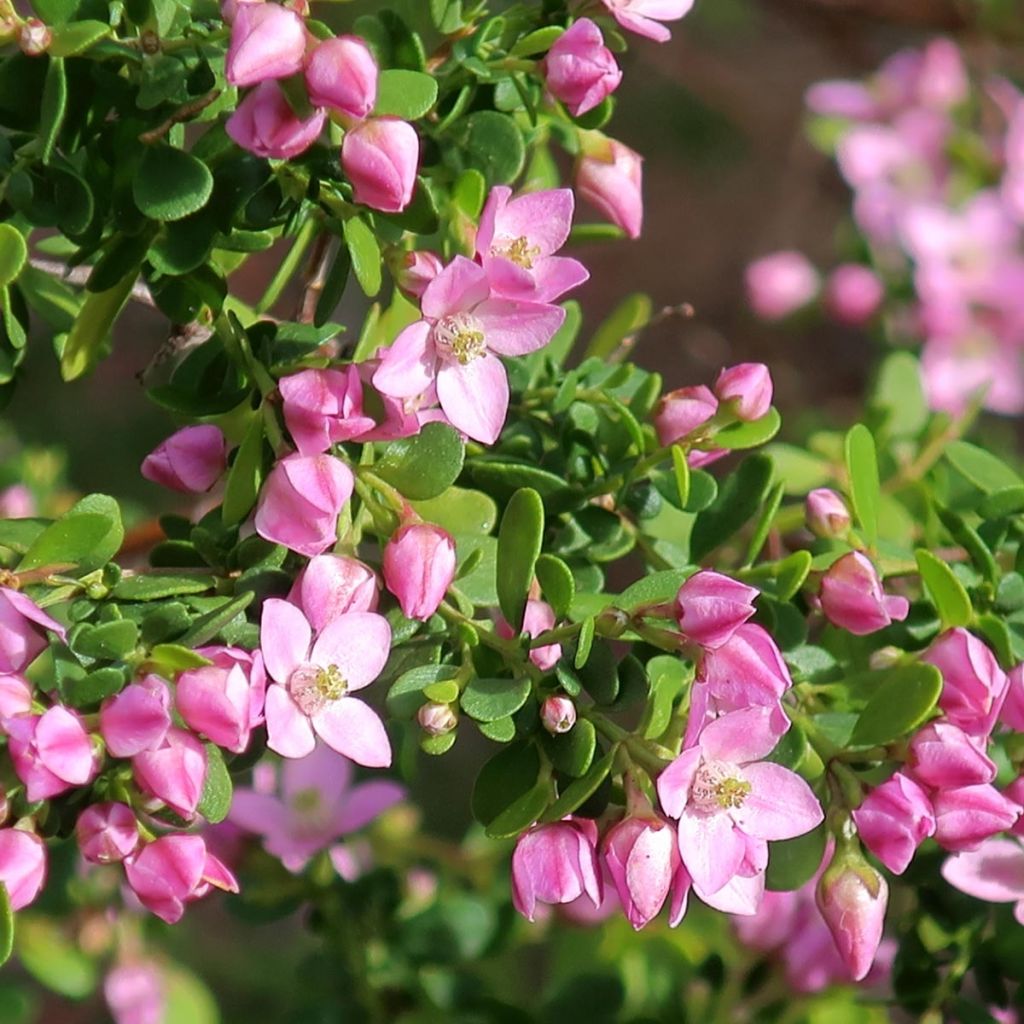

Boronia crenulata Shark Bay
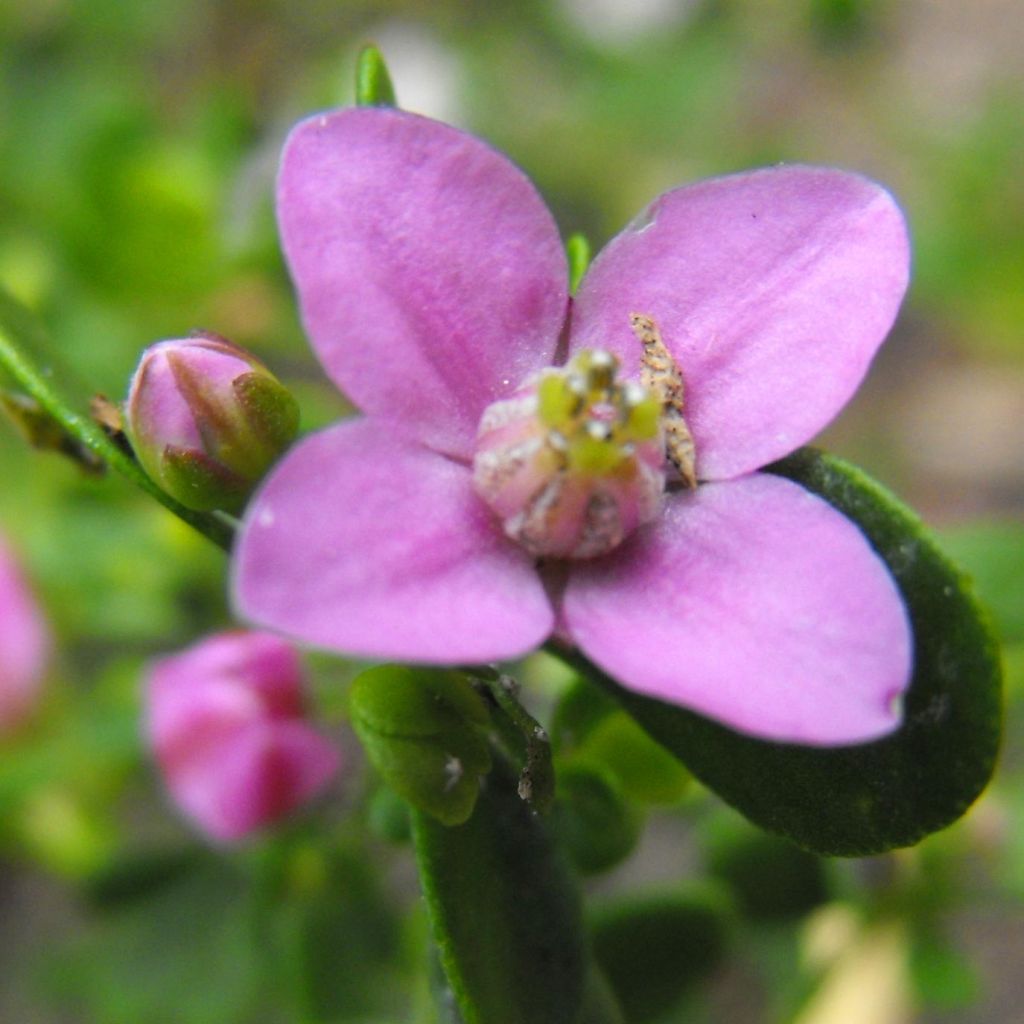

Boronia crenulata Shark Bay
Boronia crenulata Shark Bay
Boronia crenulata Shark Bay
Aniseed Boronia
Special offer!
Receive a €20 voucher for any order over €90 (excluding delivery costs, credit notes, and plastic-free options)!
1- Add your favorite plants to your cart.
2- Once you have reached €90, confirm your order (you can even choose the delivery date!).
3- As soon as your order is shipped, you will receive an email containing your voucher code, valid for 3 months (90 days).
Your voucher is unique and can only be used once, for any order with a minimum value of €20, excluding delivery costs.
Can be combined with other current offers, non-divisible and non-refundable.
Why not try an alternative variety in stock?
View all →This plant carries a 24 months recovery warranty
More information
We guarantee the quality of our plants for a full growing cycle, and will replace at our expense any plant that fails to recover under normal climatic and planting conditions.
Would this plant suit my garden?
Set up your Plantfit profile →
Description
Boronia crenulata 'Shark Bay' is a variety of Boronia with crenate leaves that stands out for its long pale pink spring flowering. It is a very compact and very floriferous bush that forms a dense ball of reddish, flexible, highly branched branches that slightly droop, and that beautifully decorates pots and borders with other exotic species. Very small, persistent, thick, glossy, dark green, anise-flavoured leaves cover the entire stems like a wild and flowering boxwood. Its cup-shaped flowers with 4 waxy petals appear numerous and continuously renew from March to April. It is a bush that prefers sunny exposures and neutral to acidic, rich, well-drained and moist soils. Hardy down to -5 °C, it is a perfect choice for gardens with a mild climate. However, avoid scorching sun that tends to wilt its foliage and prevent it from blooming.
Boronia crenulata 'Shark Bay' is a bush belonging to the Rutaceae family, native to Australia. Its species name, crenulata, refers to its small finely dentate leaves. Of medium growth and modest size, this spreading bush will reach an average height of 80cm (31.5in) with a wingspan of 1m. It develops thin reddish, arched, almost parallel branches, branched almost at each node along their entire length. They bear very small, dark green, ovate to elongated leaves similar to boxwood leaves, thick, glossy, and emit an anise aroma when crushed. The flowering, particularly long and abundant, lasts from March to May. A multitude of flowers appear in the axils of the leaves, solitary or grouped in small clusters. They are small stars larger than the leaves, composed of 4 pale pink petals with a waxy appearance, topped with a green pistil, very well-suited for bouquets and continuously renewing.
Boronia crenulata 'Shark Bay' cannot withstand temperatures below -5/-6 °C, does not tolerate limestone or dry soils or scorching exposures. Its requirements are clear and must be respected to succeed in its cultivation and enjoy its magnificent flowering. Apart from certain well-targeted areas of our Atlantic coast, it seems preferable to cultivate it in a pot, where the substrate and wintering conditions can be controlled. In the garden, it can be associated, for example, with Galvezia speciosa, Gomphostigma virgatum, brush brooms, or white, pink, or red heather shrubs. On the terrace or balcony, it can be surrounded by Cape leadwort, which has a long blue flowering period, Tibouchina, or Myrtus communis. Its spikes of small fragrant flowers in bright pink are wonderful in country bouquets.
Report an error about the product description
Boronia crenulata Shark Bay in pictures
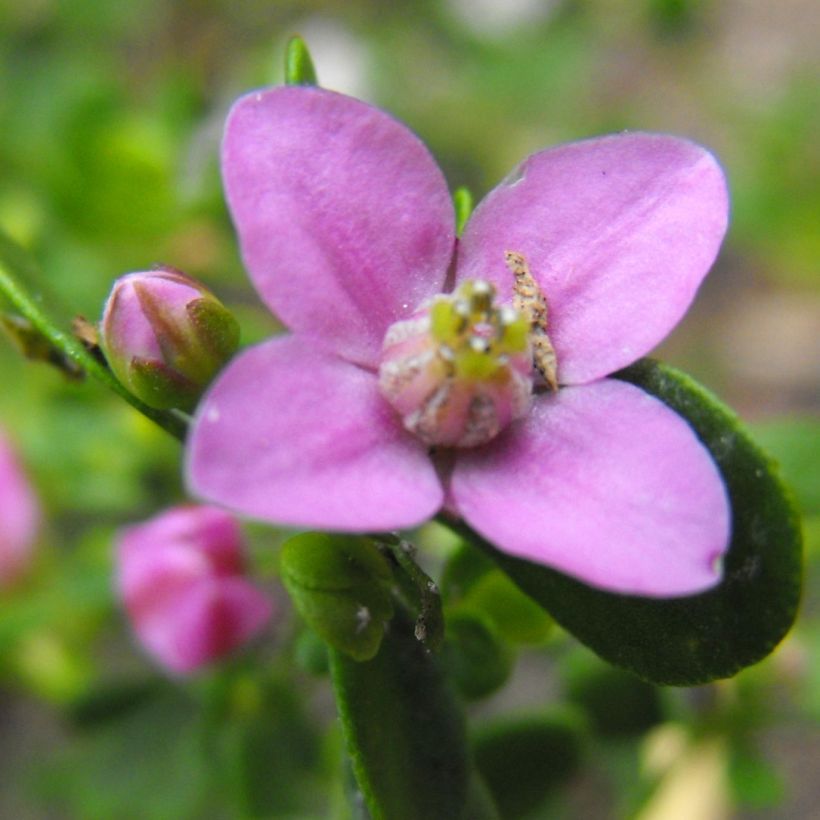

Plant habit
Flowering
Foliage
Botanical data
Boronia
crenulata
Shark Bay
Rutaceae
Aniseed Boronia
Cultivar or hybrid
Other Boronia
View all →Planting and care
Culture:
The 'Shark Bay' Boronia crenulata is hardy up to -5°C (23 °F), but it can lose its leaves as soon as the thermometer drops below 0°C (32 °F). Plant it in the ground or in pots preferably in spring. Choose a sunny, non-burning or semi-shaded exposure. The soil should be rich, well-drained, fresh, and preferably neutral to acidic. It even tolerates clay soils if they are well-drained. A mixture of heath soil, sand, and compost is ideal. Water Boronia with non-calcareous or slightly calcareous water in summer, as this plant requires a certain freshness to flower and develop well.
If grown in a pot, it should be taken outside as soon as there is no longer any risk of frost. Choose a large container, as the planting substrate should always retain some moisture. Store your Boronia frost-free in autumn, in a cold greenhouse, in a lightly heated conservatory, or in a bright and cool room.
Pruning is not necessary, except to remove dead branches or rebalance the habit. But to make it denser, you can slightly shorten the tips of the branches just after flowering. Pruning later will compromise the following year's flowering.
This bush does not have any specific diseases.
Multiplication: by propagation by cuttings of semi-woody stems after flowering, placed in a special moist sowing compost.
Planting period
Intended location
Care
Planting & care advice
This item has not been reviewed yet - be the first to leave a review about it.
Similar products
Haven't found what you were looking for?
Hardiness is the lowest winter temperature a plant can endure without suffering serious damage or even dying. However, hardiness is affected by location (a sheltered area, such as a patio), protection (winter cover) and soil type (hardiness is improved by well-drained soil).

Photo Sharing Terms & Conditions
In order to encourage gardeners to interact and share their experiences, Promesse de fleurs offers various media enabling content to be uploaded onto its Site - in particular via the ‘Photo sharing’ module.
The User agrees to refrain from:
- Posting any content that is illegal, prejudicial, insulting, racist, inciteful to hatred, revisionist, contrary to public decency, that infringes on privacy or on the privacy rights of third parties, in particular the publicity rights of persons and goods, intellectual property rights, or the right to privacy.
- Submitting content on behalf of a third party;
- Impersonate the identity of a third party and/or publish any personal information about a third party;
In general, the User undertakes to refrain from any unethical behaviour.
All Content (in particular text, comments, files, images, photos, videos, creative works, etc.), which may be subject to property or intellectual property rights, image or other private rights, shall remain the property of the User, subject to the limited rights granted by the terms of the licence granted by Promesse de fleurs as stated below. Users are at liberty to publish or not to publish such Content on the Site, notably via the ‘Photo Sharing’ facility, and accept that this Content shall be made public and freely accessible, notably on the Internet.
Users further acknowledge, undertake to have ,and guarantee that they hold all necessary rights and permissions to publish such material on the Site, in particular with regard to the legislation in force pertaining to any privacy, property, intellectual property, image, or contractual rights, or rights of any other nature. By publishing such Content on the Site, Users acknowledge accepting full liability as publishers of the Content within the meaning of the law, and grant Promesse de fleurs, free of charge, an inclusive, worldwide licence for the said Content for the entire duration of its publication, including all reproduction, representation, up/downloading, displaying, performing, transmission, and storage rights.
Users also grant permission for their name to be linked to the Content and accept that this link may not always be made available.
By engaging in posting material, Users consent to their Content becoming automatically accessible on the Internet, in particular on other sites and/or blogs and/or web pages of the Promesse de fleurs site, including in particular social pages and the Promesse de fleurs catalogue.
Users may secure the removal of entrusted content free of charge by issuing a simple request via our contact form.
The flowering period indicated on our website applies to countries and regions located in USDA zone 8 (France, the United Kingdom, Ireland, the Netherlands, etc.)
It will vary according to where you live:
- In zones 9 to 10 (Italy, Spain, Greece, etc.), flowering will occur about 2 to 4 weeks earlier.
- In zones 6 to 7 (Germany, Poland, Slovenia, and lower mountainous regions), flowering will be delayed by 2 to 3 weeks.
- In zone 5 (Central Europe, Scandinavia), blooming will be delayed by 3 to 5 weeks.
In temperate climates, pruning of spring-flowering shrubs (forsythia, spireas, etc.) should be done just after flowering.
Pruning of summer-flowering shrubs (Indian Lilac, Perovskia, etc.) can be done in winter or spring.
In cold regions as well as with frost-sensitive plants, avoid pruning too early when severe frosts may still occur.
The planting period indicated on our website applies to countries and regions located in USDA zone 8 (France, United Kingdom, Ireland, Netherlands).
It will vary according to where you live:
- In Mediterranean zones (Marseille, Madrid, Milan, etc.), autumn and winter are the best planting periods.
- In continental zones (Strasbourg, Munich, Vienna, etc.), delay planting by 2 to 3 weeks in spring and bring it forward by 2 to 4 weeks in autumn.
- In mountainous regions (the Alps, Pyrenees, Carpathians, etc.), it is best to plant in late spring (May-June) or late summer (August-September).
The harvesting period indicated on our website applies to countries and regions in USDA zone 8 (France, England, Ireland, the Netherlands).
In colder areas (Scandinavia, Poland, Austria...) fruit and vegetable harvests are likely to be delayed by 3-4 weeks.
In warmer areas (Italy, Spain, Greece, etc.), harvesting will probably take place earlier, depending on weather conditions.
The sowing periods indicated on our website apply to countries and regions within USDA Zone 8 (France, UK, Ireland, Netherlands).
In colder areas (Scandinavia, Poland, Austria...), delay any outdoor sowing by 3-4 weeks, or sow under glass.
In warmer climes (Italy, Spain, Greece, etc.), bring outdoor sowing forward by a few weeks.

































